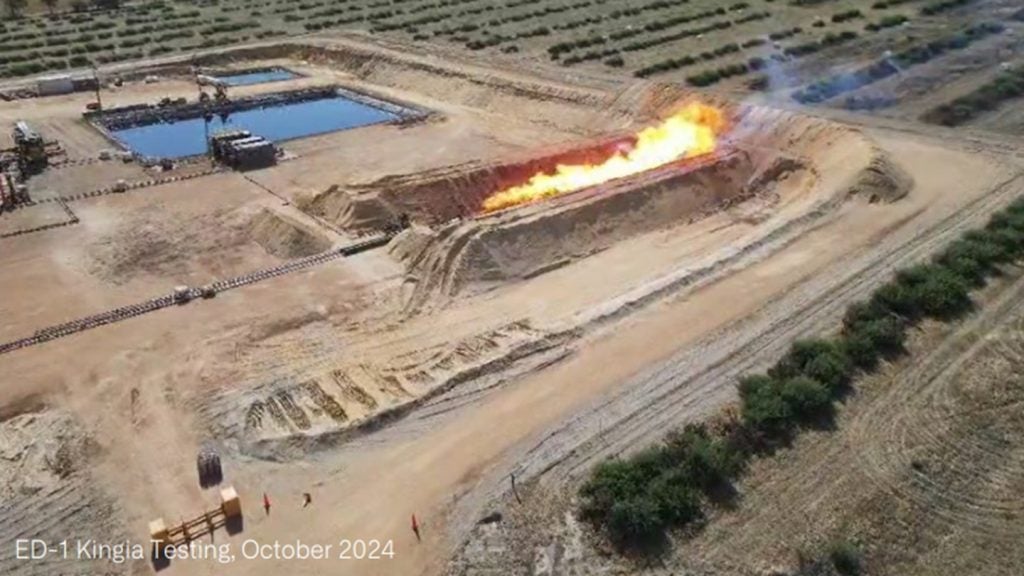
Oil prices have marginally recovered after a nearly 8% drop during the previous session, but Brent remained below the $60 a barrel mark amid a broad stock market sell-off in recent weeks.
Front-month Brent crude oil futures have increased by 96 cents, or 1.6%, to trade at $59.76 a barrel, while US West Texas Intermediate (WTI) crude futures rose by 62 cents, or 1.2%, to $51.04, Reuters reported.
The prices rebounded on 26 November, partly making up for the selloff in financial markets on 23 November.
The downward pressure comes on the back of rising crude oil supply and slowing demand growth which is expected to lead to a supply glut by next year.
Fitch Solutions analysts were quoted by the news agency as saying: “2019 will be a choppy year for the oil market as questions surrounding the prospect of a slowing global economy and a supply surplus are expected to increase.”
To counter the surging supply, the Organization of the Petroleum Exporting Countries (OPEC) is expected to make a decision to reduce production at a meeting scheduled for next month.
How well do you really know your competitors?
Access the most comprehensive Company Profiles on the market, powered by GlobalData. Save hours of research. Gain competitive edge.

Thank you!
Your download email will arrive shortly
Not ready to buy yet? Download a free sample
We are confident about the unique quality of our Company Profiles. However, we want you to make the most beneficial decision for your business, so we offer a free sample that you can download by submitting the below form
By GlobalDataHowever, Fitch stated that the expected supply cut ‘may not be enough to counteract the bearish forces’.
One of the major factors impacting oil markets is a downturn in wider financial markets.
Morgan Stanley said: “2018 clearly marked the end of the ten-year Asia credit bull market due to tightening financial conditions in Asia, especially China, and we expect this to remain the case in 2019.
“We don’t think that we are at the bottom of the cycle yet.”
In addition, a strong US-dollar is pressuring oil markets. The greenback has surged against most other global currencies this year.







